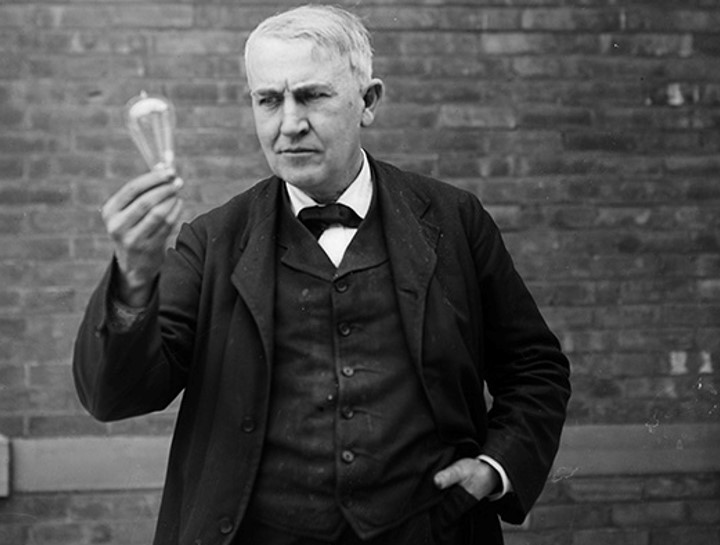Business process management (BPM) is a systemic approach for capturing, designing, executing, documenting, measuring, monitoring and controlling both automated and non-automated processes to meet the objectives and business strategies of a company.
BPM embraces the conscious, comprehensive, and increasingly technology-enabled definition, improvement, innovation, and maintenance of end-to-end processes. Through this systemic and conscious management of processes,
companies achieve better results faster and more flexibly.
Through BPM, processes can be aligned with the business strategy, and so help to improve company performance as a whole thanks to the optimization of processes within business divisions or even beyond company borders. What end-to-end process really means is from start to finish. The goal is to understand and thus assess and improve an entire process not just its components.







